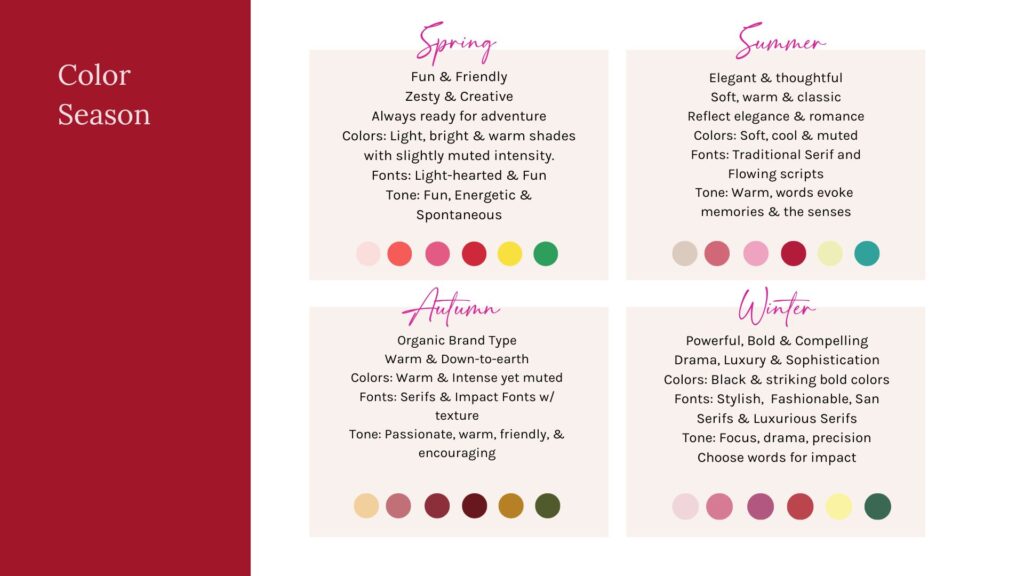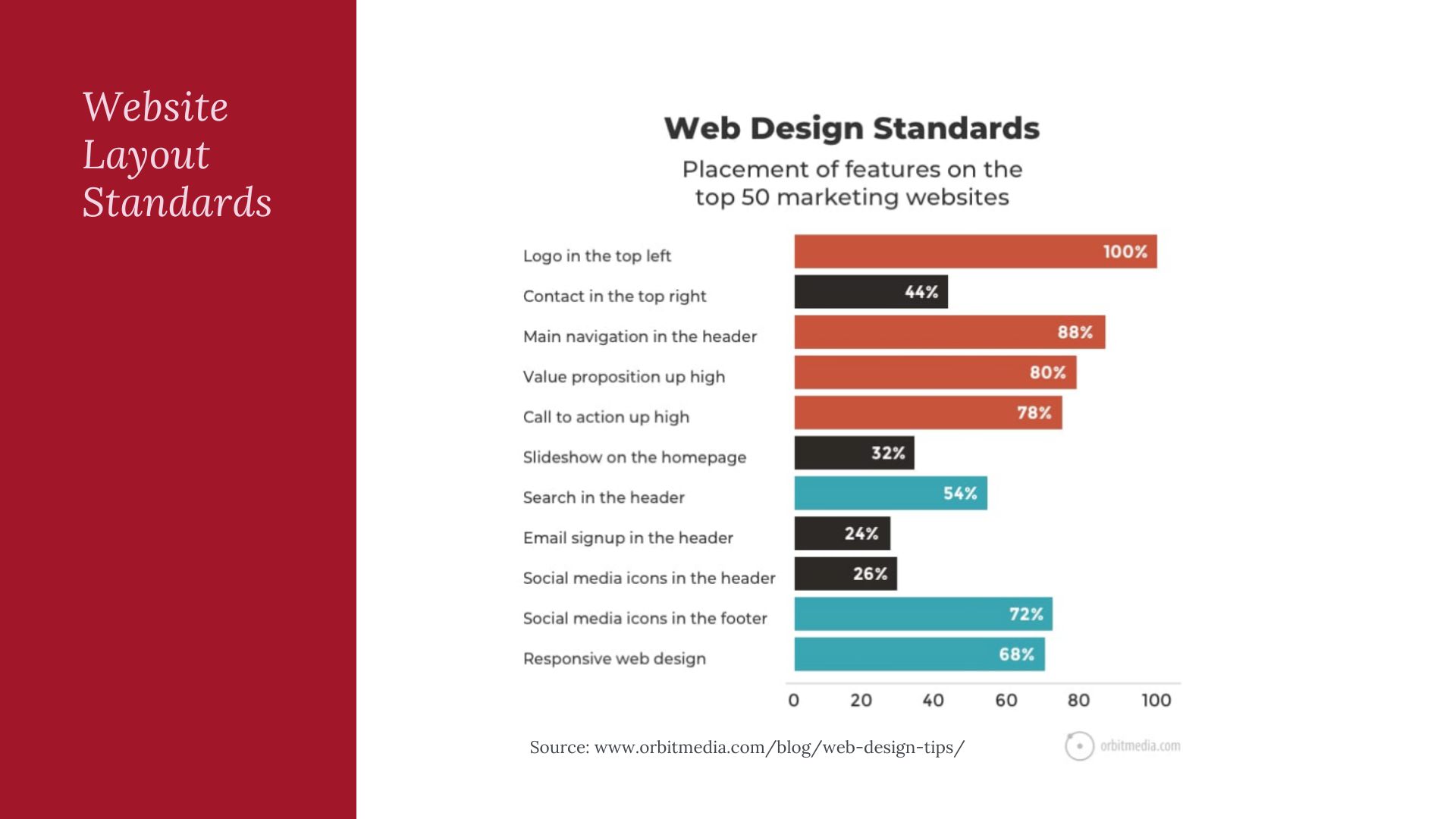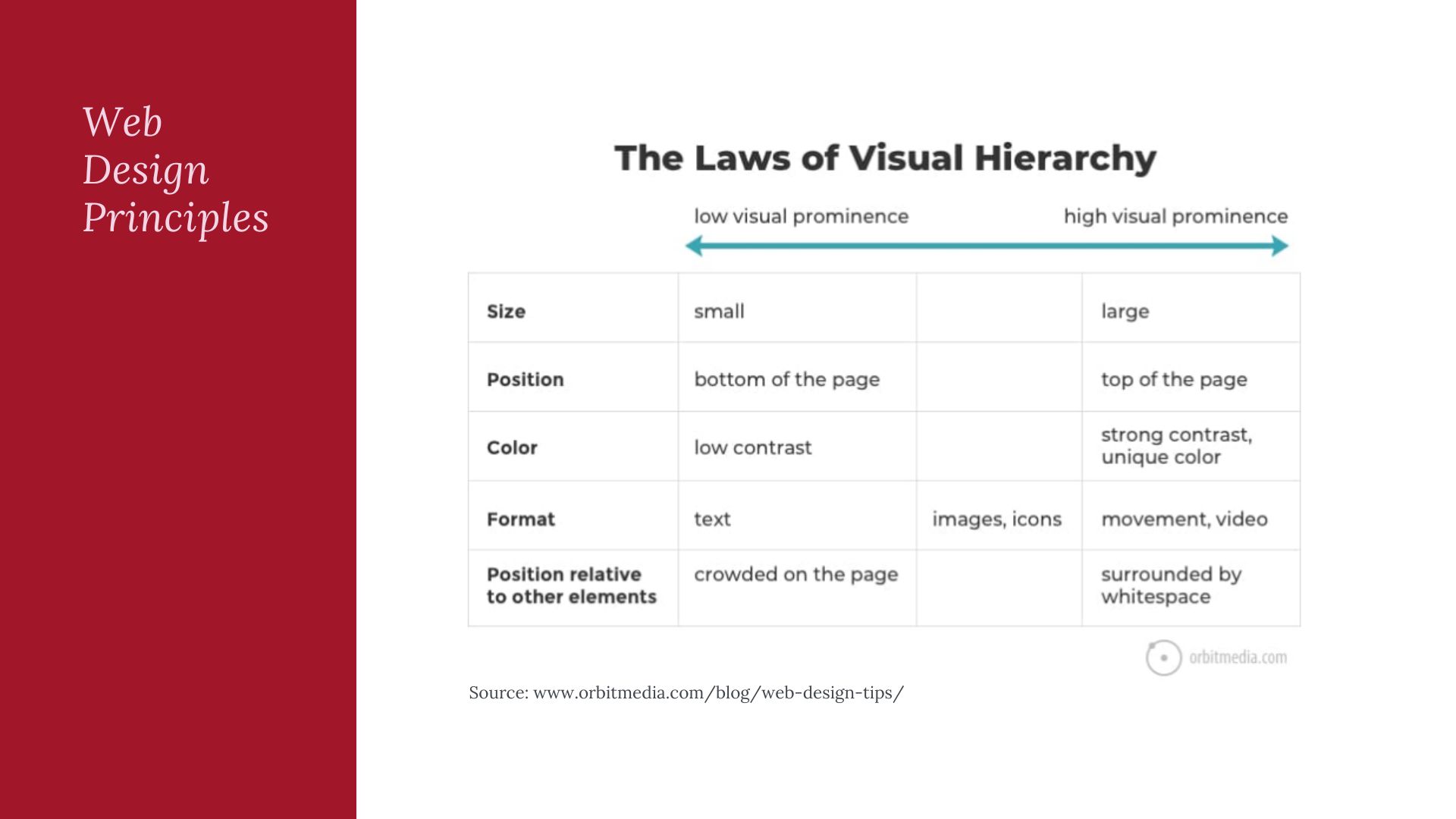In today’s digital age, a website is often the first point of contact between a business and its potential customers. A dull and uninteresting website can quickly turn visitors away and negatively impact a brand’s online presence. However, there are several style fixes that personal brands can implement to make their website more visually appealing and engaging.
1. Define your Brand Style
The main reason why your website is boring is that it looks inauthentic and it’s just not capturing you, your values, and how you want to show up. And to fix this, the first step in styling a boring website is to define your brand style. A consistent brand style helps to build trust, establish credibility, and create a memorable user experience. When defining your brand style, consider the following factors:
- Color Scheme: Choose a color scheme that aligns with your brand message and resonates with your target audience. Keep in mind that each color has its own psychological meaning and can evoke different emotions and reactions.
- Typography: Use typography that is legible and aligns with your brand message. Choose fonts that are easy to read on different devices and screen sizes.
- Imagery: Select high-quality images that align with your brand message and reflect your brand’s personality. Avoid using stock images that are generic and overused. Instead, opt for custom photography or unique illustrations that reflect your brand’s personality.
- Visual Tone: Determine the visual tone of your website, whether it is playful, serious, or professional. The visual tone should align with your brand message and resonate with your target audience.
2. Understand Color Psychology
Color is a powerful tool for creating an emotional connection with your audience. Each color has its own psychological meaning and can evoke different emotions and reactions. Understanding color psychology can help you choose the right colors for your website that align with your brand message and resonate with your target audience. Here are some common color associations:
- Blue: Associated with trust, professionalism, and stability.
- Green: Associated with growth, health, and nature.
- Yellow: Associated with happiness, optimism, and energy.
- Red: Associated with passion, excitement, and urgency.
- Purple: Associated with luxury, creativity, and royalty.
- Black: Associated with sophistication, elegance, and power.
- White: Associated with purity, simplicity, and cleanliness.
When selecting colors for your website, keep in mind that color preferences can vary by culture, age, and gender. Conduct research on your target audience to determine which colors resonate with them.
As a brand stylist, I like to use Seasonal Color Analysis. Keen to know which season your brand? If you’d like to understand Brand Season, Color Psychology and Color Analysis, I recommend Fiona Humberstone’s book How to Style Your Brand and Color Secrets by Michelle Lewis.

3. Strategic Website Layout
The layout of your website plays a crucial role in the user experience. A well-structured and organized layout can make it easier for users to navigate and find the information they need. When designing your website layout, consider the following factors:
- Positioning: Positioning refers to the placement of design elements on a website. It’s important to position elements in a way that guides the user’s eye. Effective positioning improves a user journey.
- White Space: White space refers to the empty space between design elements on a website. Effective use of white space can help to improve readability, create balance and guide the user’s eye.
- Hierarchy: Hierarchy refers to the visual arrangement of elements on a website, with the most important content given the greatest emphasis.


4. Choose Photos that truly reflect your Brand
Images are an essential component of website design, and choosing the right photos can make a significant impact on the user experience. Selecting high-quality, relevant images that align with your brand message can help to establish an emotional connection with your audience. When choosing photos for your website, consider the following factors:
- Relevance: Choose photos that are relevant to your brand message and reflect your brand’s personality.
- Quality: Use high-quality images that are clear and visually appealing. Avoid using low-quality images that are blurry or pixelated.
- Consistency: Use a consistent visual style throughout your website to create a cohesive and professional look. This includes using the same color scheme, typography, and visual tone for all images.
- Originality: Use original images whenever possible to differentiate your brand from competitors and create a unique visual identity.
5. Have a Clear Message that Differentiates You
In today’s crowded digital landscape, it’s more important than ever for businesses to have a clear and distinct message that sets them apart from competitors. Your website should clearly communicate what makes your brand unique and why customers should choose you over other options. To create a clear message that differentiates you, consider the following:
- Brand Identity: Define your brand identity and core values. This will help to guide your messaging and ensure that it aligns with your overall brand strategy.
- Unique Selling Proposition (USP): Determine your unique selling proposition or USP. This is what sets you apart from competitors and makes you the best choice for customers.
- Benefits to the User: Focus on the benefits that your product or service provides to the user. Use clear and concise language to explain how your offering solves their problem or meets their needs.
- Consistent Messaging: Use consistent messaging across all channels, including your website, social media, and marketing materials. This will help to reinforce your brand message and ensure that it resonates with your target audience.
In conclusion, styling a boring website requires a strategic approach that considers the brand style, color psychology, website layout, photos, and content. By implementing these style fixes, businesses can create a visually appealing and engaging website that resonates with their target audience and helps to establish their online presence. Remember, a website is often the first point of contact between a business and its potential customers, so it’s essential to make a good first impression.
Here’s how I have transformed some of my client’s websites from boring to stylish.





Have you been thinking of a website revamp? or need to bring in a brand/website stylist’s opinion? Get in touch here and book a complimentary 15min chat

Comments